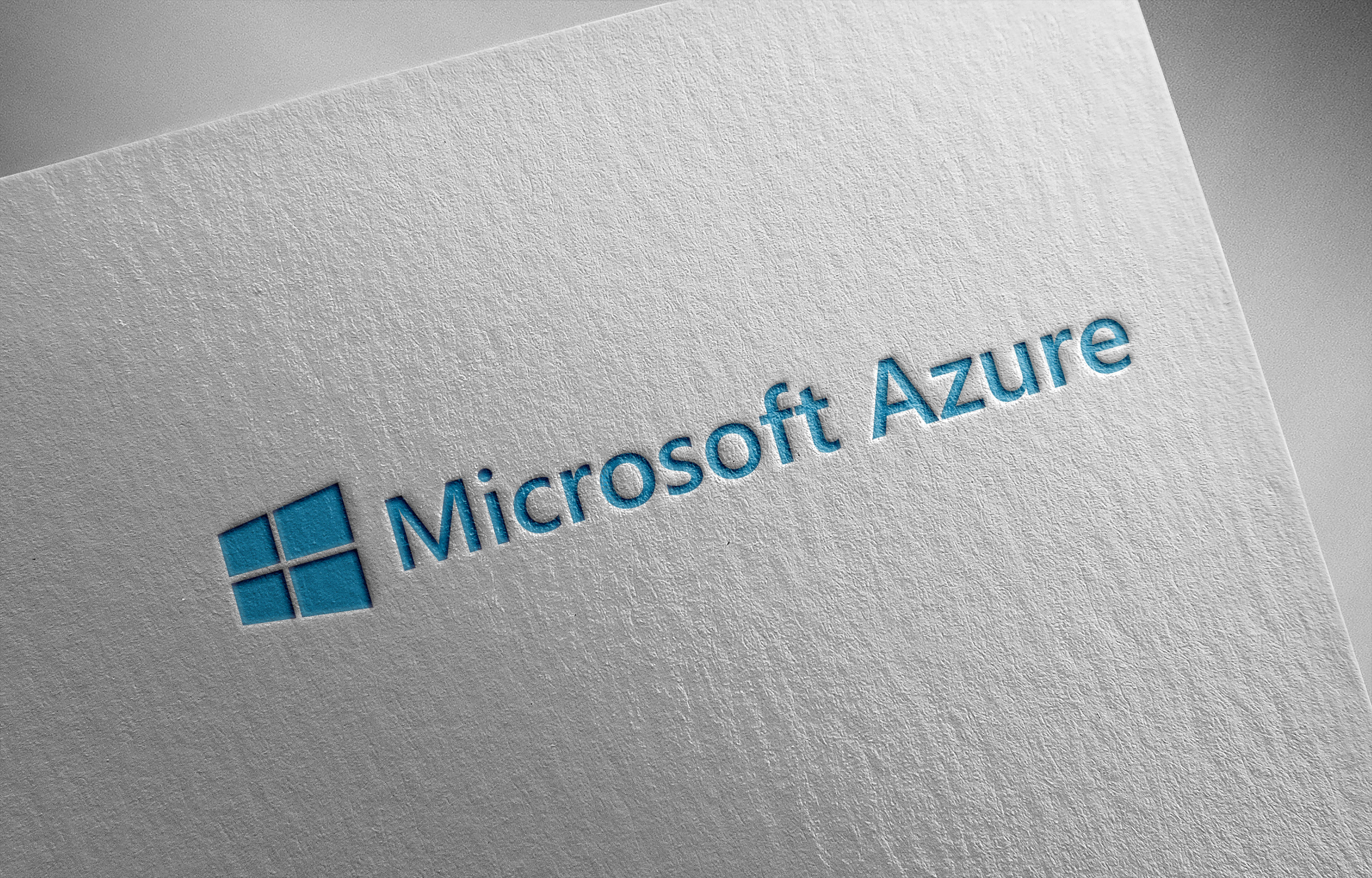Migrating to Microsoft Azure: A Step-by-Step Guide for Businesses
Today, businesses of all sizes are embracing cloud computing to gain flexibility, scalability, and cost efficiency. One of the most popular cloud...
3 min read
Henry : Sep 18, 2024 8:00:00 AM
Businesses are increasingly turning to cloud computing to drive innovation, improve efficiency, and maintain a competitive edge. Microsoft Azure, one of the leading cloud platforms, offers a comprehensive suite of services that can transform the way your business operates. However, with its vast array of features and tools, getting started with Azure can seem daunting. At Fitzrovia IT, we specialise in helping businesses make the most of Azure, and we’ve compiled a list of ten must-know tips to help you begin your Azure journey with confidence.
Before diving into Azure, it’s crucial to have a clear understanding of your business requirements. What are your specific goals? Are you looking to enhance data storage, improve security, or build scalable applications? Azure offers a broad range of services tailored to different business needs, from infrastructure as a service (IaaS) to platform as a service (PaaS) and software as a service (SaaS). Identifying your objectives will help you choose the right Azure services and create a roadmap for implementation.
Governance is key to managing and controlling your Azure environment effectively. Establishing a governance framework ensures that your cloud resources are used efficiently and securely. This includes setting up policies for resource management, compliance, security, and cost control. Azure provides tools like Azure Policy and Azure Blueprints to help you create and enforce governance policies. By implementing a governance framework early on, you can avoid common pitfalls such as cost overruns and security vulnerabilities.
One of the primary concerns businesses have when moving to the cloud is cost. Without proper management, cloud costs can quickly spiral out of control. Azure provides a suite of cost management tools that allow you to monitor, allocate, and optimise your spending. Tools like Azure Cost Management + Billing offer detailed insights into your cloud expenditure, helping you identify areas where you can save money. Additionally, setting up budgets and alerts can help prevent unexpected expenses.
Security should be a top priority when using Azure. The platform offers robust security features, but it's essential to configure them correctly. Start by implementing Azure Security Center, a unified security management system that provides advanced threat protection across your Azure resources. Use Azure Active Directory (AAD) to manage user identities and access resources securely. Additionally, consider using multi-factor authentication (MFA) and encryption to add extra layers of protection to your data and applications.
One of Azure's greatest strengths is its ability to scale resources up or down based on demand. This flexibility allows businesses to handle varying workloads without over-provisioning resources. When designing your Azure environment, plan for scalability and high availability. Use services like Azure Virtual Machines and Azure App Services with autoscaling enabled to automatically adjust to changing demands. Additionally, consider implementing Azure Load Balancer and Azure Traffic Manager to distribute traffic across multiple resources, ensuring high availability.
Managing a cloud environment can be time-consuming, but Azure Automation can help streamline operations. Azure Automation allows you to automate repetitive tasks, such as deploying resources, managing updates, and monitoring systems. By creating runbooks (automated workflows), you can reduce manual intervention, minimise errors, and free up your IT team to focus on more strategic initiatives. Automation not only improves efficiency but also enhances consistency and reliability across your Azure environment.
Data loss and downtime can have severe consequences for any business. Azure offers comprehensive backup and disaster recovery solutions to protect your critical data and applications. Azure Backup provides reliable and scalable backup options, while Azure Site Recovery ensures that your systems remain operational in the event of an outage. Implementing a robust backup and disaster recovery strategy is essential for maintaining business continuity and minimizing the impact of unexpected disruptions.
For businesses looking to accelerate their software development lifecycle, Azure DevOps is a game-changer. Azure DevOps provides a set of development tools that enable teams to plan, develop, test, and deploy applications efficiently. By integrating with your existing development workflows, Azure DevOps allows for continuous integration and continuous deployment (CI/CD), improving collaboration and reducing time to market. Whether you’re building new applications or modernising existing ones, Azure DevOps can significantly enhance your development process.
Azure is a constantly evolving platform, and staying up-to-date with its features and best practices is essential. Microsoft offers a wealth of learning resources, including documentation, tutorials, and certification courses, to help you get the most out of Azure. Engaging with these resources not only deepens your understanding of the platform but also equips your team with the skills needed to manage and optimise your Azure environment effectively. Consider investing in Azure training for your IT staff to ensure they are well-prepared to handle the complexities of the cloud.
Navigating the complexities of Azure can be challenging, especially for businesses with limited in-house expertise. Partnering with an experienced Azure provider, like Fitzrovia IT, can make a significant difference in your cloud journey. We offer tailored Azure solutions that align with your business goals, ensuring a smooth transition to the cloud and ongoing support to help you maximise the benefits of Azure. With our expertise, you can focus on your core business while we take care of the technical details.
Getting started with Microsoft Azure is an exciting opportunity to modernise your business and unlock new possibilities. By following these ten essential tips, you can ensure a successful Azure implementation that delivers value and drives growth. Whether you’re just beginning your cloud journey or looking to optimise your existing Azure environment, Fitzrovia IT is here to support you every step of the way. Contact us today to learn more about how we can help you leverage Azure to achieve your business objectives.

Today, businesses of all sizes are embracing cloud computing to gain flexibility, scalability, and cost efficiency. One of the most popular cloud...

Today, organisations need to leverage technology to stay competitive and relevant. Digital transformation is no longer a luxury—it's a necessity for...

In last weeks blog, we began to uncover the fundamentals of cloud computing and how it has proved revolutionary to a great number of businesses...